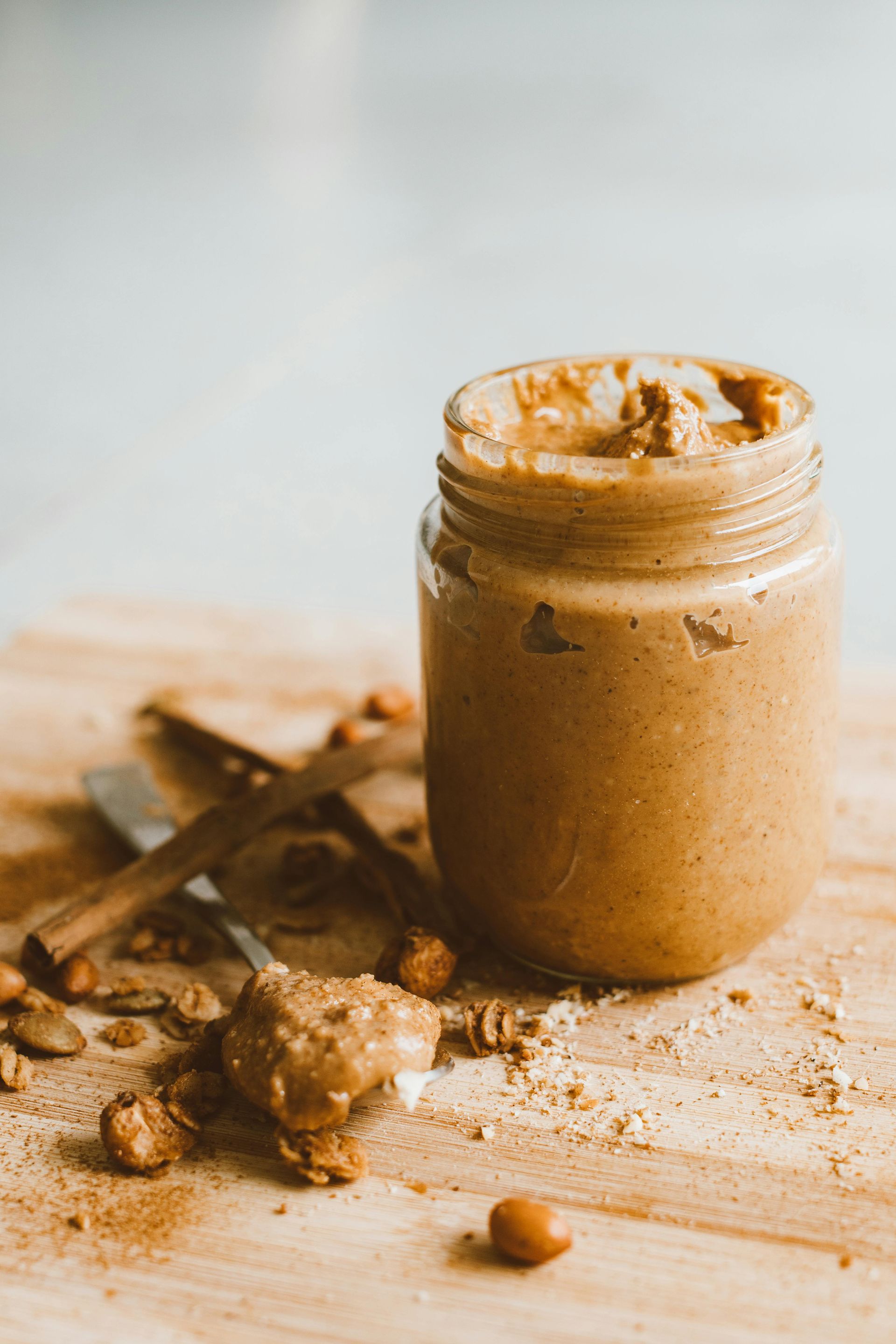pEANUTS
Peanuts:
In the past, flawed clinical practice guidelines from the American Academy of Pediatrics recommended the avoidance of potentially allergenic foods in the diets of very young children. Our advice at All For Kids was to follow the conventional wisdom and introduce peanuts, a highly allergenic food, into the diet of our young children at two years of age in an attempt to protect them from peanut allergy.
Unfortunately, the strategy of delaying peanut consumption in the diet failed, resulting in actually dramatically increasing the prevalence of peanut allergy in Western countries by 2 to 3 times the former rate of the past generations. Up to 1 to 3% of all US children have had peanut allergy, the highest rate ever. Peanut allergy is the leading cause of food allergy related death in the United States. Schools have strived to be peanut free as a form of safety for peanut allergic children. The entire strategy of peanut avoidance has been misguided and actually harmful to our population. This strategy has now dramatically changed.
Research on Peanut Allergies:
Researchers in the United Kingdom noticed something interesting about the incidence of peanut allergy in differing populations. Peanut allergy in Jewish children living in the UK was about 10 times more common than it was in Jewish children living in Israel. Since these children shared a similar ancestry, the researchers reasoned that the difference had to be environmental; something that those children were doing differently.
It turned out that their diet was the difference. Jewish children in the UK rarely ate peanut products in the first two years of life, whereas children in Israel commonly ate a snack food called Bamba. Bamba is a corn puff made with peanut butter. Could this have been the difference? Israeli children ate peanut products from an early age and somehow this protected them from peanut allergy. So the researchers tested it.
The Learning Early About Peanut Allergy (LEAP) study, supported by the National Institute of Allergy and Infectious Diseases (NIAID) and conducted by the NIAID-funded Immune Tolerance Network (ITN), tested the theory that the very low rates of peanut allergy in Israeli children were a result of high levels of peanut consumption from a young age. They did a study of about 640 babies who had severe eczema and/or egg allergy, which are known to increase the risk of peanut allergies. They divided the children into two groups: one was given Bamba to eat regularly. If they didn’t like Bamba, they could eat smooth peanut butter.
The other group was told to stay away from foods containing peanuts. They did this until the children were 5 years old. Researchers found that exposing infants to peanuts in their first year of life helped prevent peanut allergy by as much as 81 percent. The LEAP study is the first to show that early introduction of dietary peanut is actually beneficial and identifies an effective approach to manage this serious public health problem. Thus, most peanut allergies can be prevented by feeding children food containing peanuts at an early age.
So, what should we do in response to this information? In 2017 we at All For Kids Pediatric Clinic began recommending that young children be fed peanut products at an early age. Now, peanut allergy is very rare in our All For Kids pediatric population since 2017!
How to introduce peanuts into the diet of infants:
We recommend introducing peanuts into the diet of infants to reduce the risk of developing peanut allergies. Infants at low allergy risk (without eczema or other food allergies) can usually start consuming peanuts around 4 to 6 months of age, after they’ve begun eating other solid foods. The infant should show readiness for solids, such as the ability to sit up, to minimize choking risks. Peanut butter flour (PB2) can be blended with applesauce or infant cereals and given to the child. A good recipe is 2 teaspoons of PB2 mixed with 2 tablespoons of applesauce. Smooth peanut butter can be thinned with warm water and mixed into various purees. Always supervise and monitor the infant for any allergic reactions when feeding peanuts for the first time. Allergic reactions such as swelling, hives, or breathing difficulty should prompt seeking medical attention right away.
For infants with mild to moderate eczema, introducing peanuts during the usual 4- to 6-month window is also encouraged, ideally under professional guidance. This proactive approach intends to build tolerance while ensuring safety. Consult us with such infants before feeding them peanut products.
Whole peanuts or pieces should not be given to children under the age of 4 years due to choking hazards. Instead, spread creamy peanut butter thinly on crackers or bread, or use it in foods. Some parents introduce peanut butter by letting the child suck it off a finger. However, the easiest way to introduce peanuts is to mix peanut flour (PB2) with applesauce.


